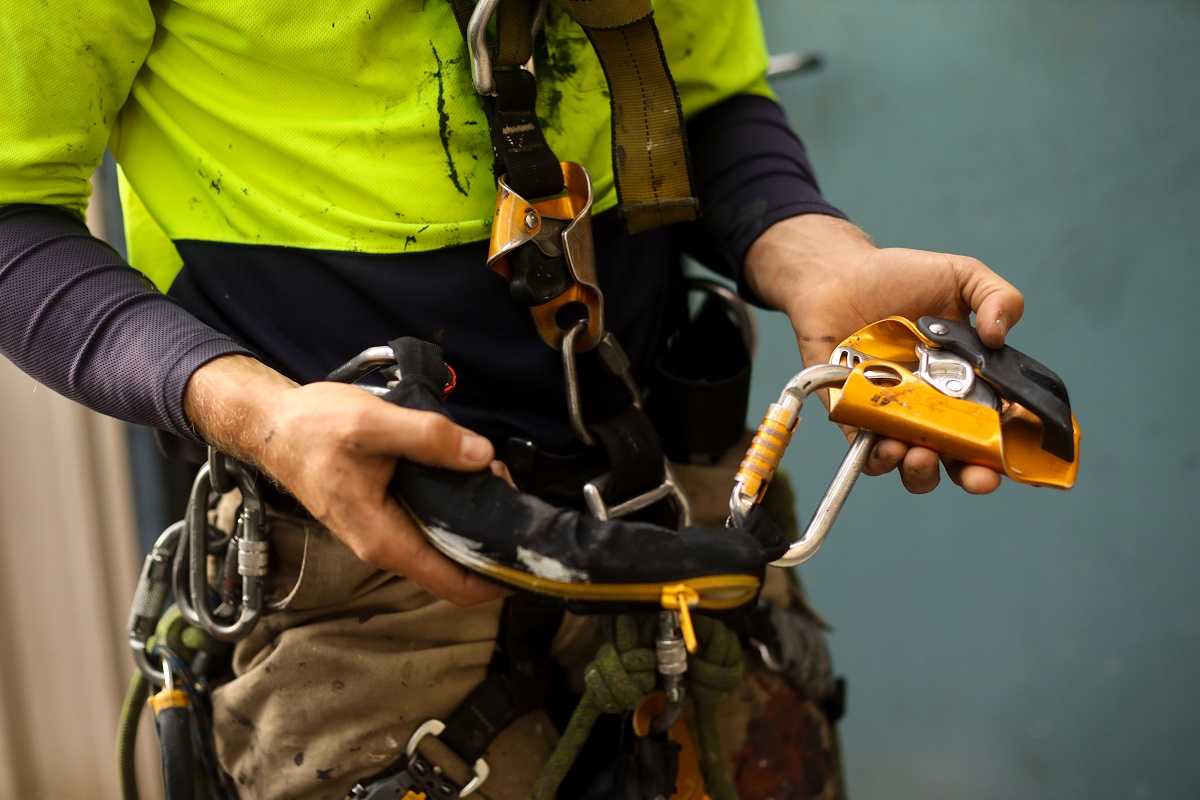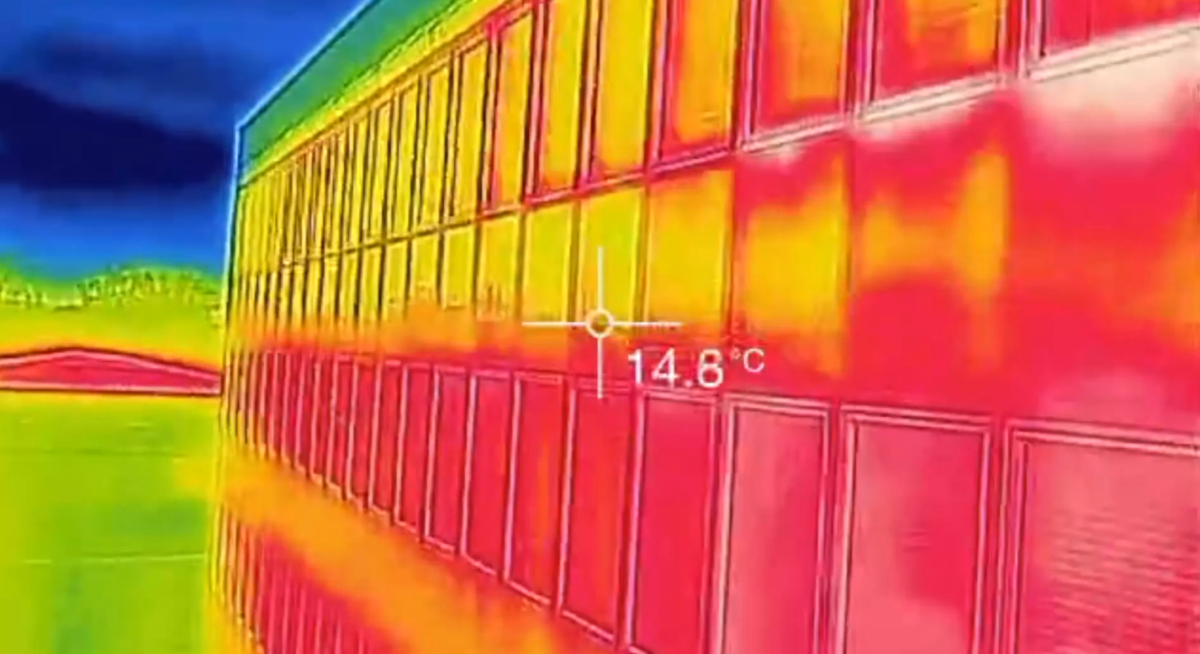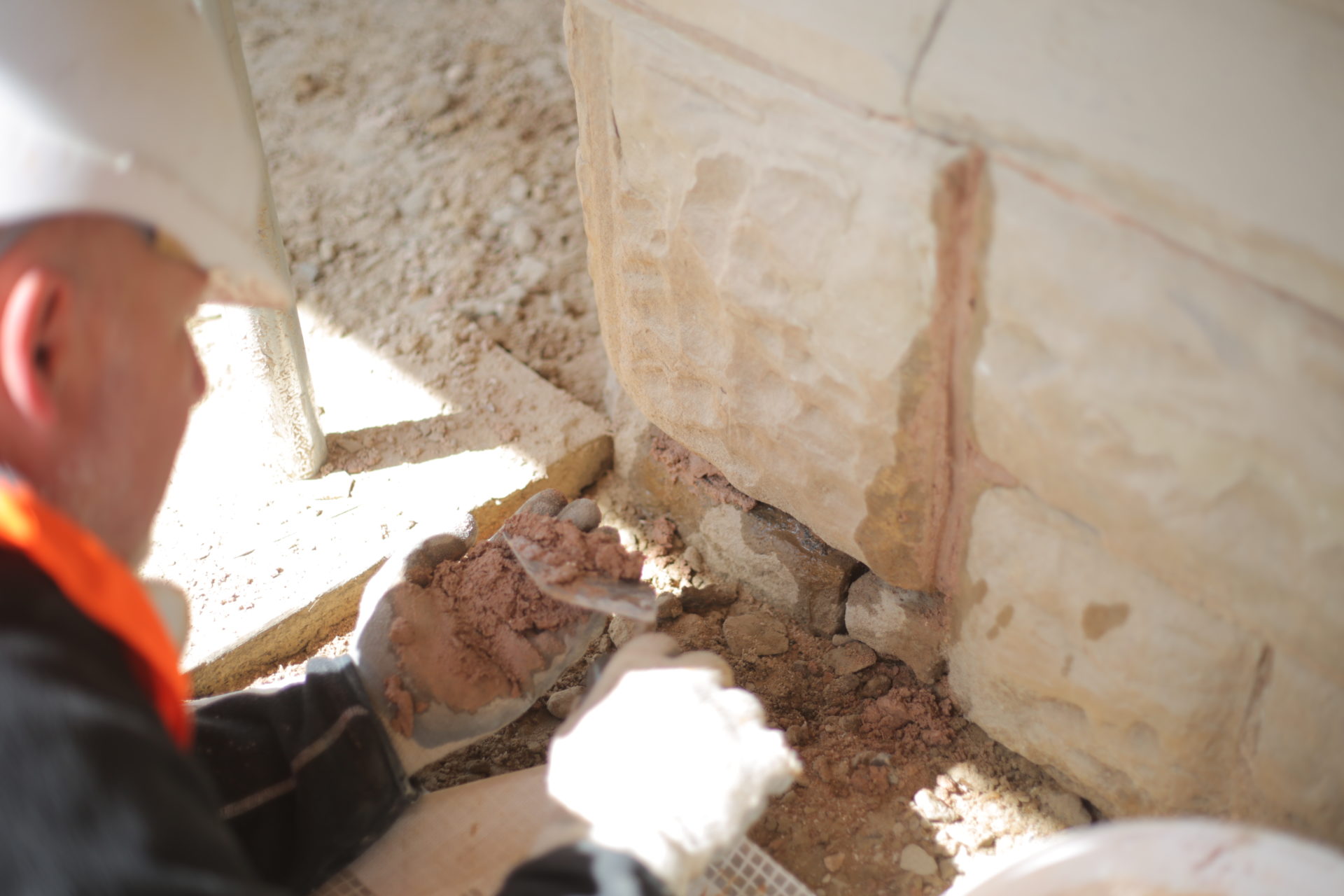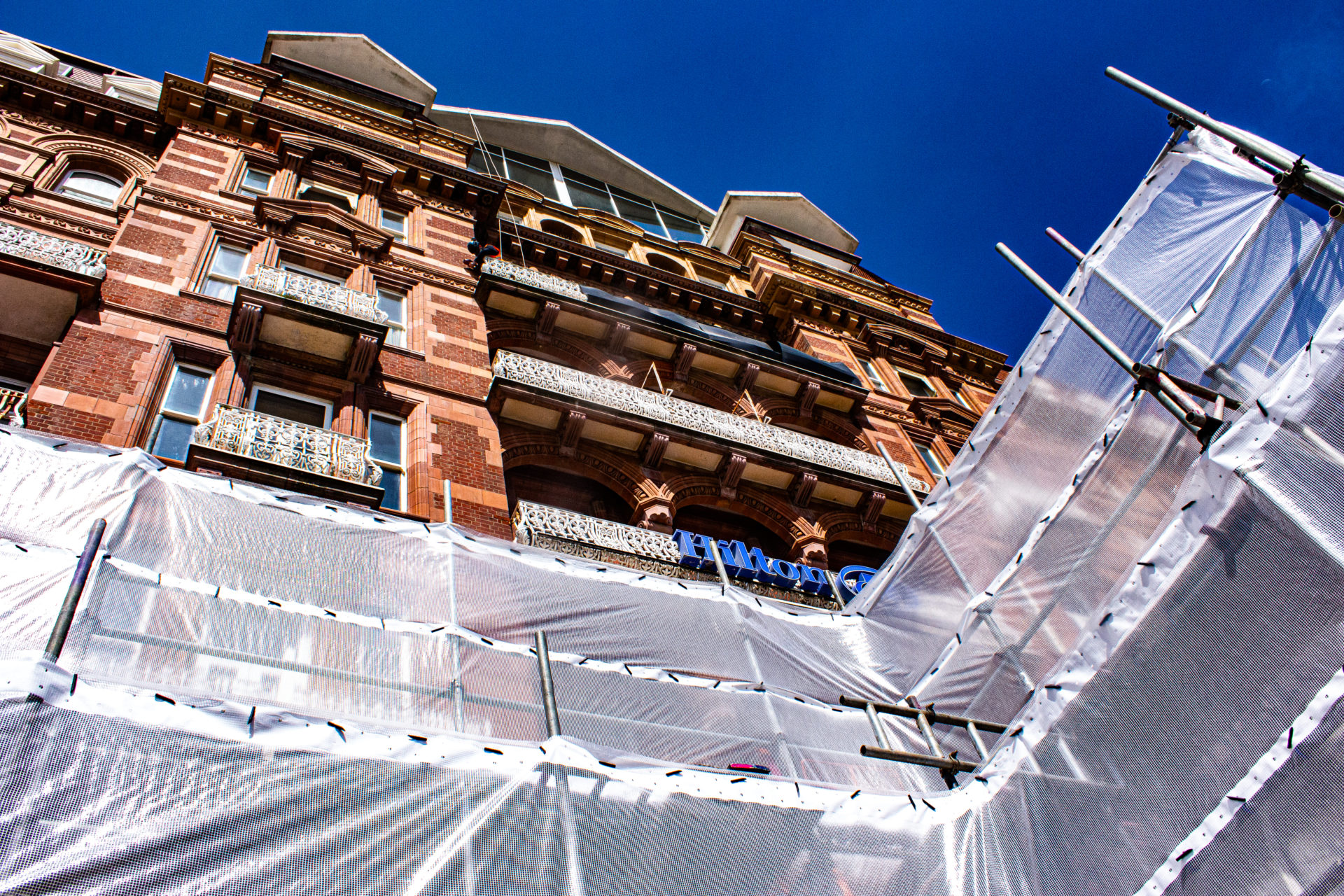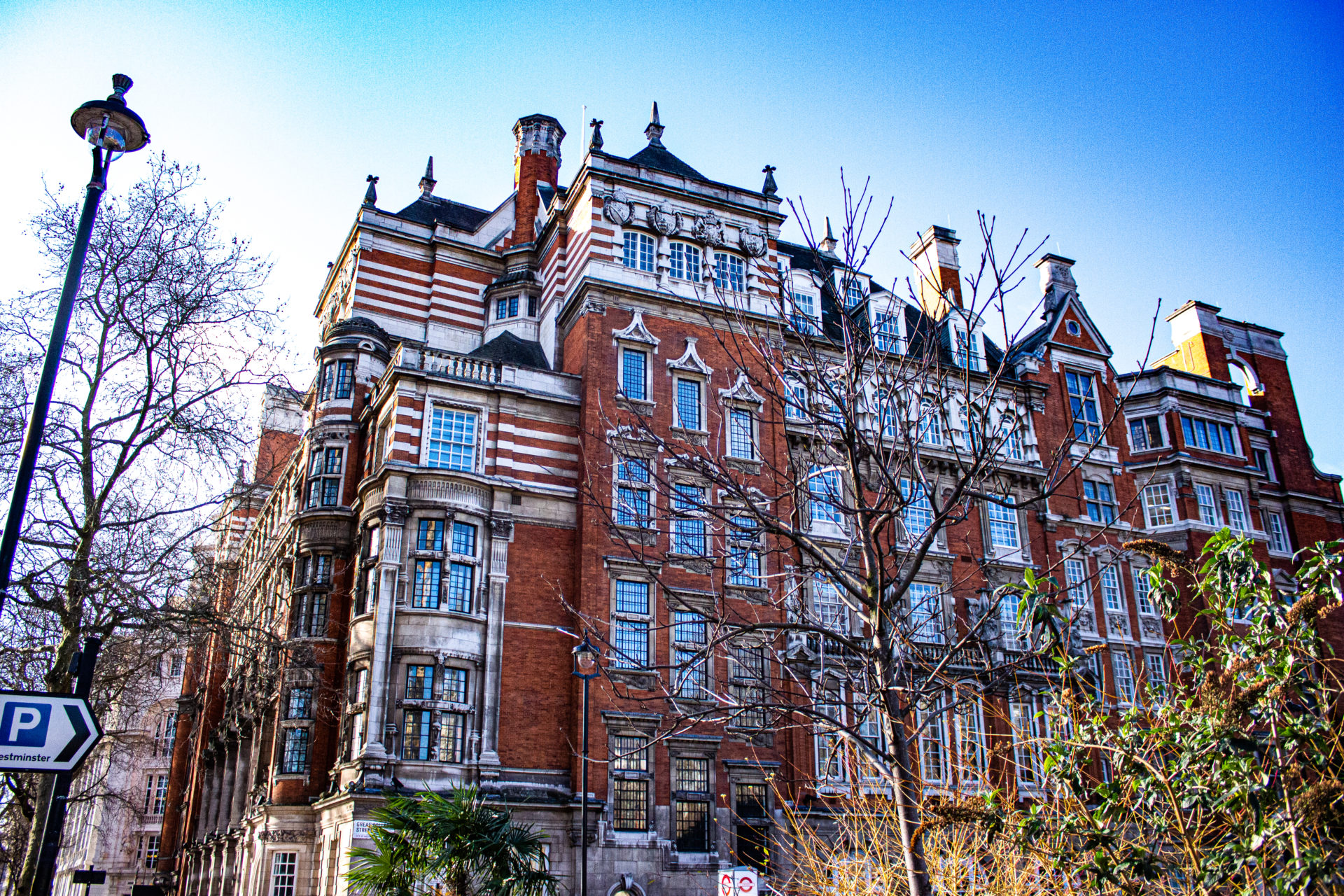The right brick cleaning methods and processes will ensure your brickwork remains in top condition and you instantly notice any repair or remedial works required. Like when you clean natural stone, you need to keep several things in mind before brick cleaning, and the same goes for cleaning any architectural terracotta in your building.
Both regular brick and terracotta are forms of fired clay, but they have their own unique properties. This means your choice of cleaning method will differ, as you need to be mindful of the sensitivities of each material and how they react differently to different cleaning processes.
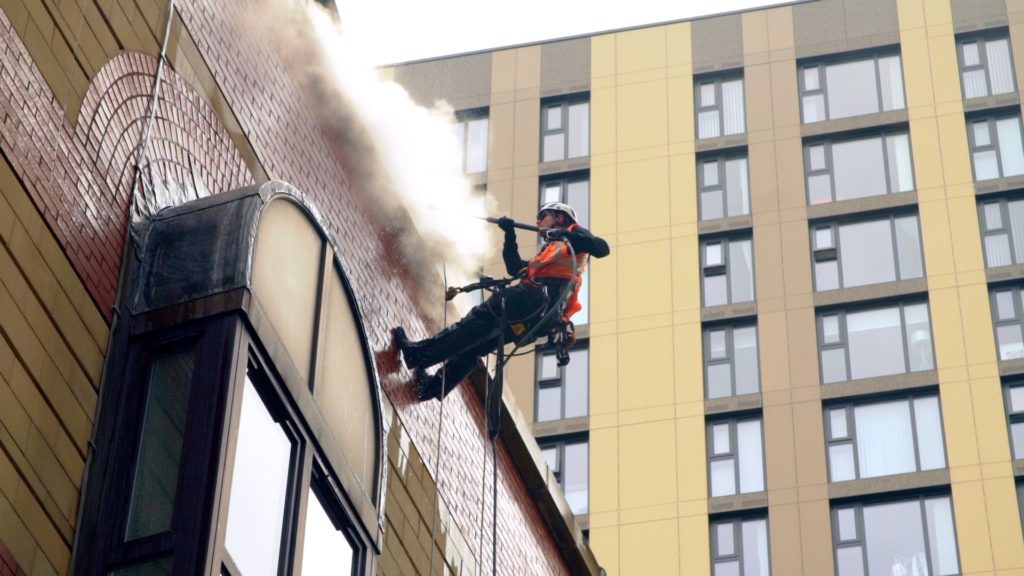
Understanding your Brick Cleaning Project
Before carrying out any brick cleaning it is essential you’re properly aware of the right methods for cleaning, the pressure you can use and the dilution of chemicals suitable to the project in hand. Understanding how the brick or terracotta reacts to dirt and also how to safely remove this dirt minimises the risk of causing any damage to the brickwork.
The mortar used in your building is also an important consideration. Most traditional brickwork mortars use soft mixes, usually of lime and sand. This means the mortar is often softer than the bricks themselves and may not be able to withstand high-pressure washing and may be irreparably damaged without due care.
Other considerations before cleaning brickwork include taking into account any plant or moss growth and assessing the amount of weathering present. It’s also important to remember to consider the porosity of the brickwork as more porous bricks will have higher absorbency, which can impact the use of chemicals.
Brick Cleaning: Returning Established Brickwork to its Best
Cleaning established brickwork often poses a problem because the atmospheric soiling that coats it can’t simply be cleaned with water. Non-soluble dirt and grime usually need to be cleaned from the brickwork using something in addition to water. This is usually a chemical or a form of abrasion.
Abrasive cleaning should only be carried out by experienced professionals who understand the right levels to achieve proper cleaning of the brickwork without the risk of any damage. The wrong level of pressure or abrasives could potentially damage the brickwork beyond easy repair and may result in more restorative work becoming necessary.
Using chemical cleaning on established bricks is also a balancing act. Low-strength chemicals are best, and it is usually best practice to apply them neatly directly onto the brick. Once the chemicals have been left long enough to process, the brickwork should be thoroughly rinsed at a suitable low pressure.
Cleaning Architectural Terracotta
Since the mid-19th century, terracotta has been used in home building, and it is still present in many properties. It needs to be treated sensitively as it is can very easily be damaged beyond repair and can then be difficult to replace.
Most soiling found on terracotta is also non-water-soluble, making it impossible to clean using just water. Glazed and unglazed terracotta can be easily damaged if any level of abrasion is used, and the same is true if cleaning is carried out using acid-based or alkaline-based cleaning. Mechanical cleaning is also not recommended due to the risk of damage.
Terracotta often looks extremely dirty and soiled, as it may be covered in a black film, but this layer is usually much thinner than it looks and, with the right mix of chemicals and care can be removed.
Sensitivity and care are needed when approaching any brick cleaning project, especially on older buildings where the brickwork is many years old. It’s important to think carefully before beginning any project, and of course, working with brick cleaning and restoration specialists ensures a professional level of cleaning throughout.
We specialise in surveying, repairing, and maintaining tall, difficult-to-access commercial buildings and structures, façades, roofs, glazing and atriums.




